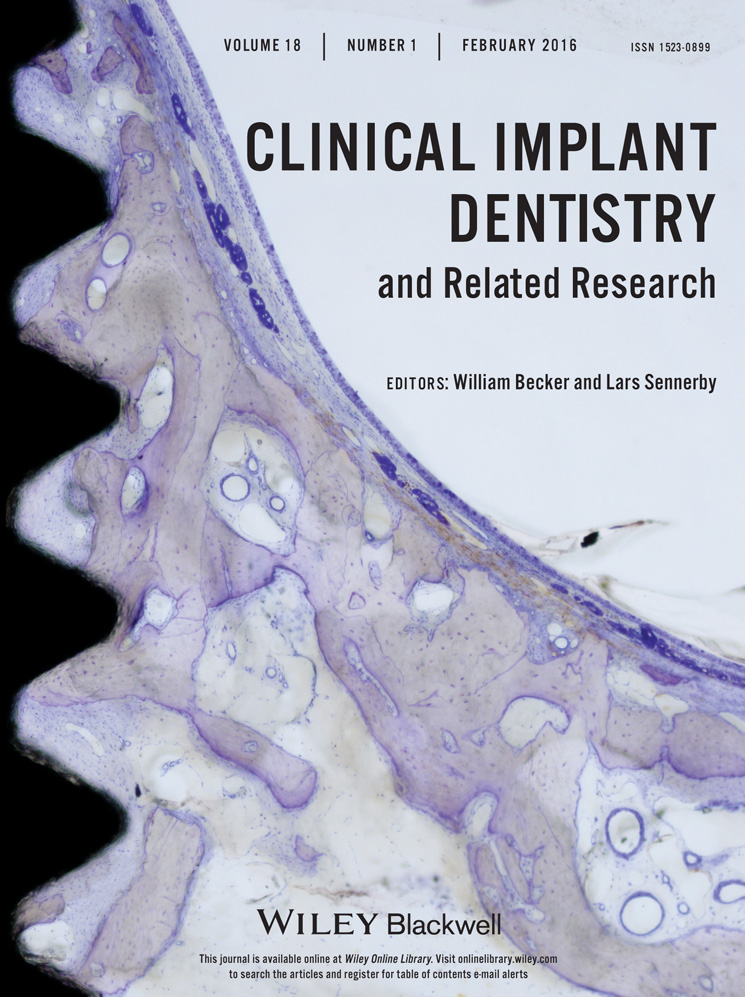Displacement of Dental Implants Into the Maxillary Sinus: A Retrospective Study of Twenty-One Patients
Abstract
Background
One possible complication of implant surgery in the posterior maxilla is the displacement of implants into the maxillary sinus.
Purpose
To report on clinical and radiological findings and on biological, surgical, and biomechanical considerations in cases of implant displacement.
Materials and Methods
This is a retrospective study of 21 patients referred to the Department of Head and Neck Surgery, Second University of Naples, due to implants displaced into the maxillary sinus. Patient, implant, and treatment data were collected, and 1-year follow-up was made.
Results
A total of 24 displaced implants were diagnosed and surgically removed through an antrostomy in the lateral sinus wall. Implant displacement occurred after functional loading in only one case; in the remaining cases, displacement occurred either perioperatively or postoperatively prior to loading. Besides the displacement, eight patients suffered from maxillary sinusitis, treated with a Caldwell-Luc operation. Healing was uneventful for all patients, and no sinusitis relapse or late postoperative complication was present at 1-year follow-up.
Conclusions
It is reasonable to affirm that the major cause of displacement of implants is related, most of the time, to incorrect treatment planning and/or a poorly performed surgical procedure. When implant displacement occurs, the displaced foreign body has to be removed in order to avoid sinus pathology.




